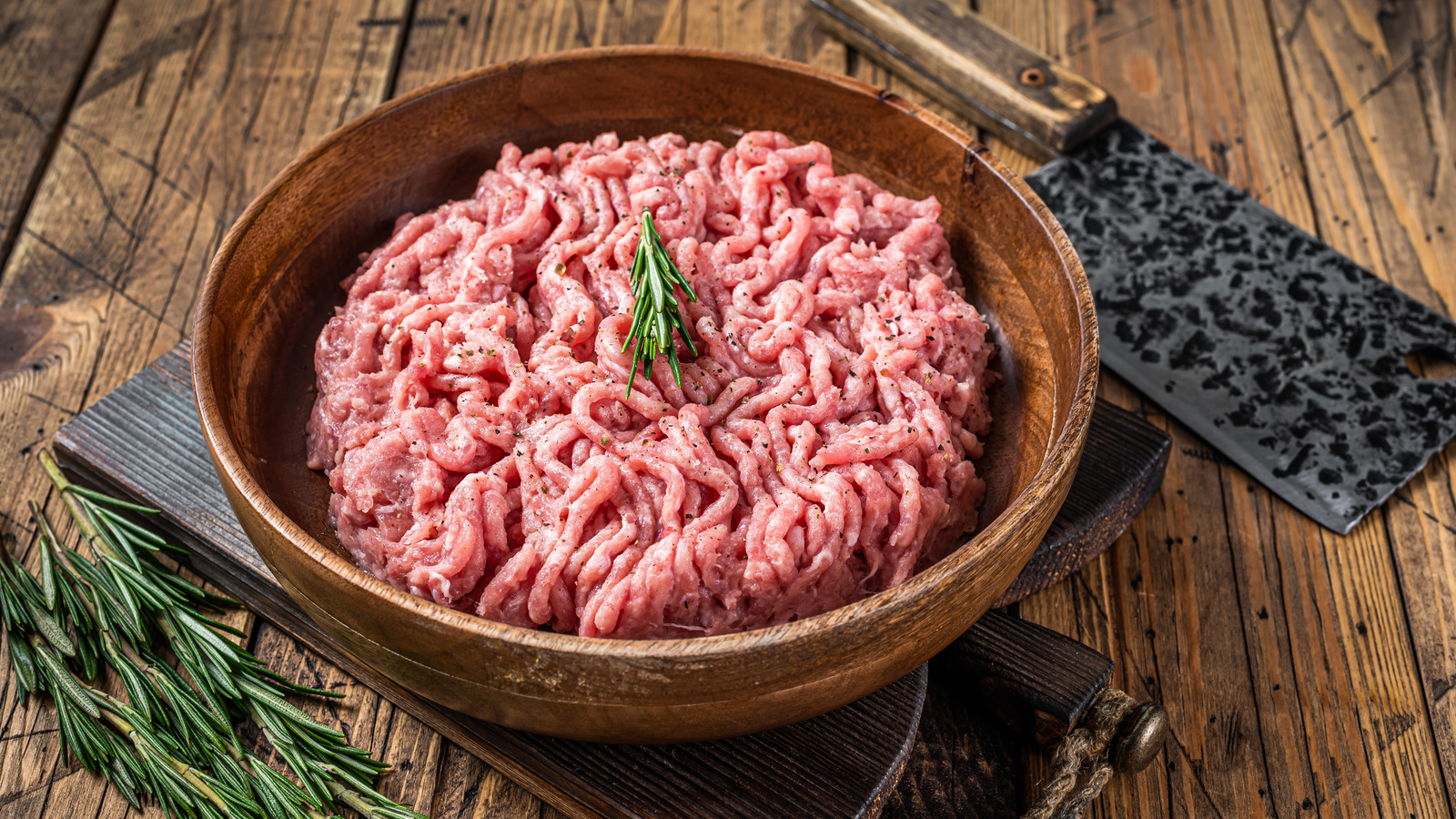Burgers, tacos, chili, meatballs, lasagna – yep, ground turkey can do it all. We love cooking with ground turkey because this lean protein is just so versatile. And did we mention that it can be a low-fat alternative to ground beef? While we encourage you to get creative and test out turkey’s versatility in your mealtime favorites, there are some specific food safety tips to follow when handling and cooking ground turkey.
Ground turkey is a versatile and healthy meat that can be used in everything from burgers and meatballs to casseroles and chili. However, proper cooking is essential to ensure ground turkey is safe to eat. This article will provide a complete guide to achieving the right internal temperature when cooking ground turkey.
Why Temperature Matters
Cooking ground turkey thoroughly to an internal temperature of 165°F (74°C) kills any bacteria that may be present, including Salmonella and E. coli. Consuming undercooked turkey can lead to foodborne illness, with symptoms like vomiting, diarrhea, and abdominal cramps. Using a food thermometer is the only reliable way to confirm ground turkey reaches a safe final temperature.
USDA Recommended Temperature
The United States Department of Agriculture (USDA) advises cooking ground turkey to 165°F (74°C). This temperature destroys pathogens that can cause food poisoning Ground turkey should always be cooked to 165°F, even if the meat is not pink
Ground Turkey Cooking Times
- Ground turkey patties or burgers generally take 7-12 minutes to cook over medium-high heat to reach 165°F.
- The total cooking time will depend on the thickness and size of your turkey burgers. Larger thicker patties will require a longer cook time.
- Ground turkey crumbles for use in dishes like chili or pasta sauce require approximately 8-10 minutes of cooking to fully reach 165°F.
- When in doubt, use a food thermometer to verify the internal temperature rather than relying solely on cook times.
Why 165°F is Essential
Cooking ground turkey to the recommended internal temperature of 165°F is necessary to eliminate illness-causing bacteria such as Salmonella, E. coli, and Campylobacter.
Ground meats are more prone to bacterial contamination since the grinding process exposes more surface area to potential bacterial growth. Ground turkey should always be cooked thoroughly with no pink color remaining to be safe to eat.
Checking Temperature Accurately
- Use an instant-read digital meat thermometer to get the most accurate reading. Food thermometers will indicate the exact internal temperature.
- Insert the thermometer probe into the thickest part of the turkey, taking care that the probe is not touching bone.
- For patties, insert the thermometer through the side of the burger to get an accurate center reading.
- Take temperatures in several spots to confirm even doneness, especially for larger dishes.
- Do not rely on visual cues like color to determine if ground turkey is fully cooked. Always take a temperature reading.
Key Safety Tips
- Always wash hands, utensils, and surfaces after handling raw turkey to prevent cross-contamination.
- Never leave ground turkey or cooked dishes containing turkey out at room temperature for more than 2 hours to prevent bacteria growth. Refrigerate promptly.
- When reheating cooked ground turkey, ensure it reaches an internal temperature of at least 165°F.
- Defrost frozen ground turkey in the refrigerator rather than at room temperature to keep it safe.
- Do not rinse raw turkey before cooking, as this can spread bacteria to surfaces. Safe handling and cooking are best practices.
Why Not Rare or Medium-Rare?
Ground turkey should never be consumed rare or medium-rare the way you can safely eat whole cuts of beef or lamb. The potential health risks make this unsafe.
Ground turkey can legally only be served fully cooked to 165°F, even when shaped into burgers. The texture also suffers if ground turkey is undercooked. For optimal safety and taste, cook turkey thoroughly.
Cooking Ground Turkey Safely
Follow these tips for safely cooking ground turkey:
- Form patties no more than 3⁄4 inch thick for even cooking to 165°F.
- Use a digital food thermometer to accurately monitor temperature.
- Preheat pans or grill to ensure turkey browns without overcooking the exterior before the interior hits 165°F.
- Flipping the turkey patties just once during cooking prevents them from drying out.
- Let turkey rest for 5 minutes after cooking so juices can redistribute through the meat.
- For dishes like turkey chili or casserole, stir occasionally and cook until the turkey crumbles reach 165°F.
Freezing and Storage
Properly stored cooked ground turkey stays fresh in the freezer for 2-3 months. Follow these guidelines:
- Divide into portions to allow for easy thawing.
- Place turkey in airtight freezer bags or containers, removing excess air.
- Label packages with the date and contents.
- Freeze immediately after cooking.
- Once thawed, use within 3-4 days. Do not refreeze.
With careful temperature monitoring and safe handling, you can enjoy delicious and nutritious ground turkey confident that it is safe to eat. Follow these tips for cooking success!

How To Cook Ground Turkey
FAQ
Is ground turkey done at 165 or 180?
Can you eat ground turkey at 140 degrees?
What temperature is a ground turkey patty done?
How to cook ground turkey so it isn’t dry?
